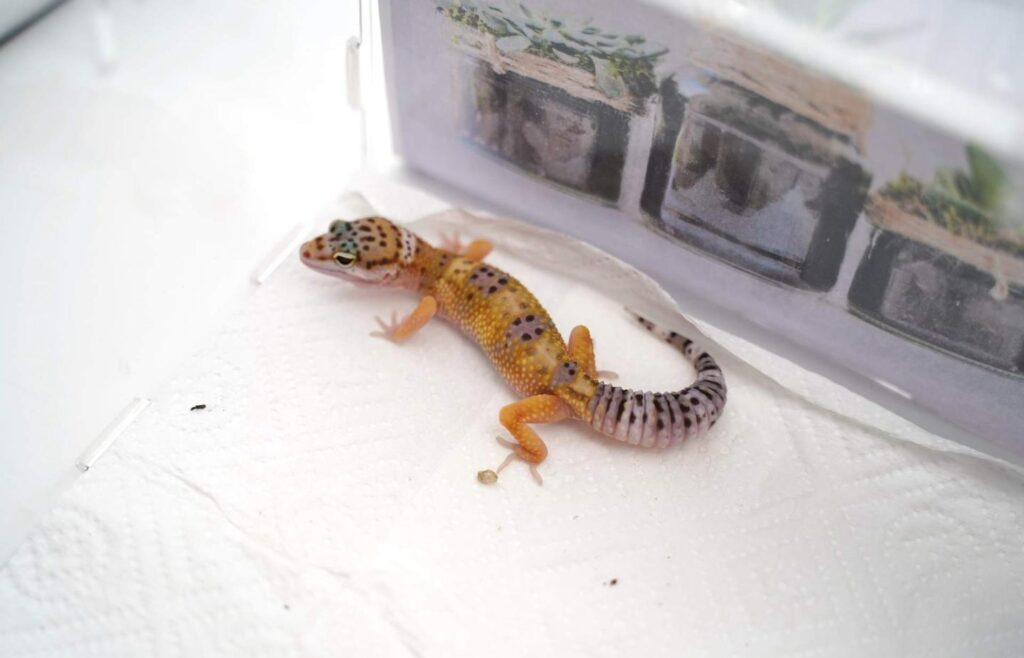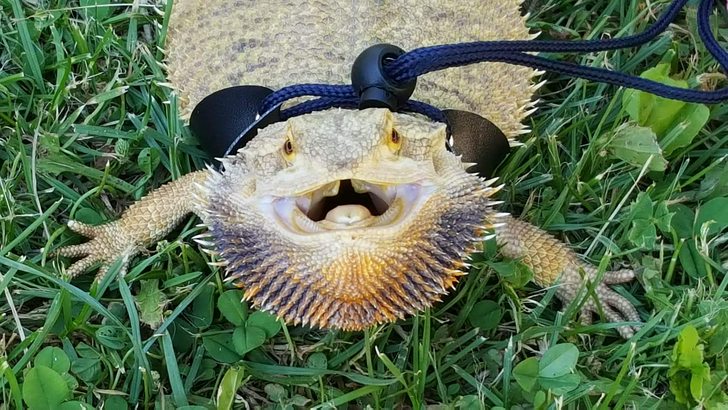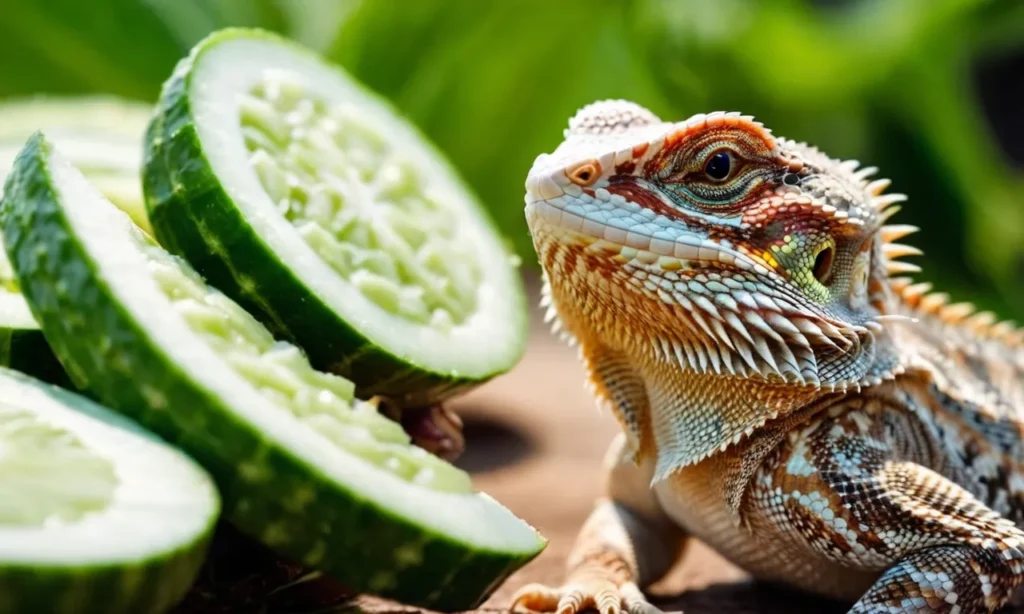Blue-tailed skinks are unique and captivating small lizards. In appearance, they have a cylindrical body with a small head, large eyes, smooth skin covered with fine scales, and a rich variety of colors, commonly brown, gray, or black, with a lighter underside. The most striking feature is their blue tail, which is the origin of their name.
They are mainly found in the southern regions of China and prefer to inhabit natural environments such as forests and grasslands.
Their diet primarily consists of insects, spiders, and small invertebrates, and they hold a certain position in the ecosystem due to their excellent hunting skills.
Blue-tailed skinks have typical character traits; they are usually timid and cautious, quickly hiding or fleeing when disturbed or threatened, and are agile in their movements. In most cases, they are gentle and do not attack unless their safety is severely threatened. In familiar environments, they also show a certain curiosity, exploring their surroundings, but are generally quiet and not overly noisy.
Reproduction in blue-tailed skinks usually occurs in spring. Females lay multiple eggs, which are typically deposited in hidden and warm, humid places. After a period of incubation, the young hatch from their shells. During the breeding period, it is necessary to provide suitable environmental conditions, including appropriate temperature and humidity, to ensure normal egg incubation.
For those interested in keeping blue-tailed skinks, here are some husbandry methods: 1. First, prepare a suitable terrarium with enough space and decorate it with branches, stones, etc., to create a natural environment. 2. Maintain the temperature within an appropriate range, using heat lamps for adjustment if necessary. 3. For humidity, maintain it through methods such as misting. 4. Provide a variety of food, such as crickets and mealworms, ensuring the size of the food is suitable. 5. Also, ensure the cleanliness and hygiene of the terrarium by regularly cleaning feces and leftover food. 6. Avoid frequently handling or startling them, allowing them to gradually adapt to their new environment. 7. In terms of interactivity, although they are not as close to humans as some pets, their unique charm can be felt as the keeper becomes more familiar with them. 8. However, always remember that they are wild animals, and their nature and needs should be respected during the keeping process.
In summary, blue-tailed skinks are animals full of interest and ecological value. Understanding them allows us to better appreciate and protect these amazing little creatures.



